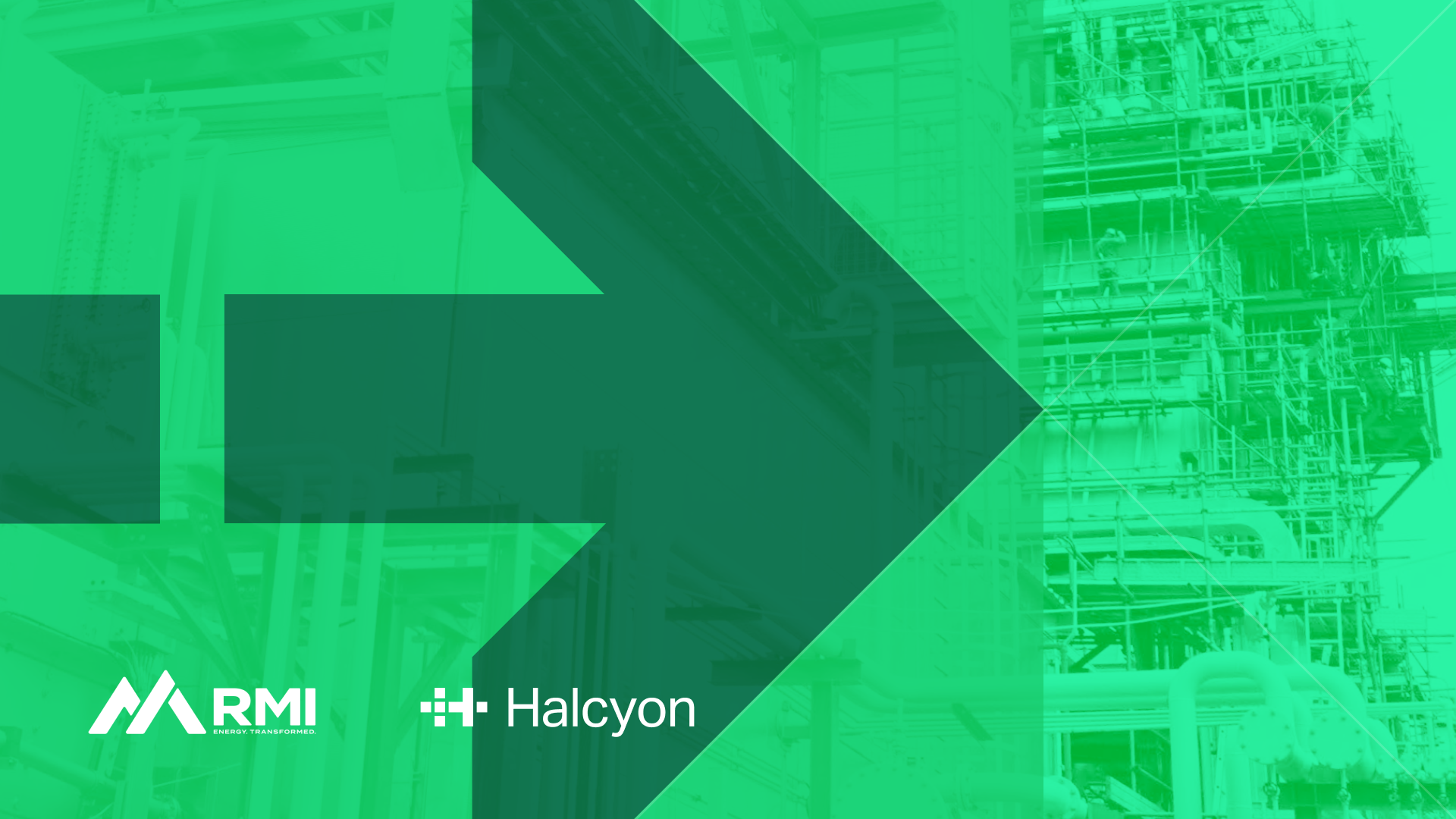Tomorrow, millions of people in the US will skip their Thursday workaday routines in favor of lounging at home, watching TV, and, above all else, eating. People eat every day, of course, but Thanksgiving also means cooking, and cooking at home, and even more specifically, roasting something very large, at high heat, in an oven, for hours. That energy, or more specifically, that electricity, comes mainly from the grid.

.png?width=50&name=34C0AE28-DE08-4066-A0A0-4EE54E5C1C9D_1_201_a%20(1).png)




